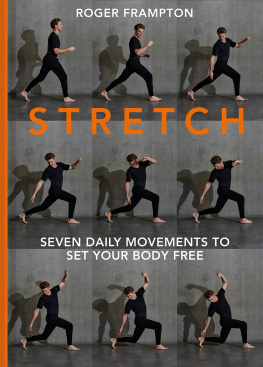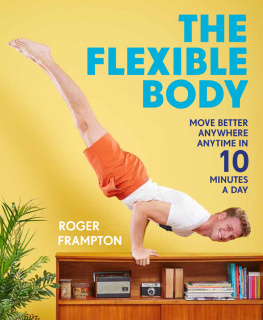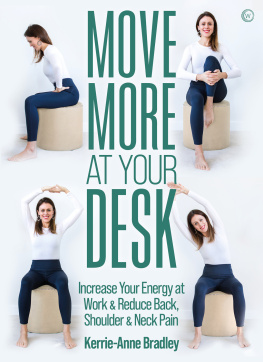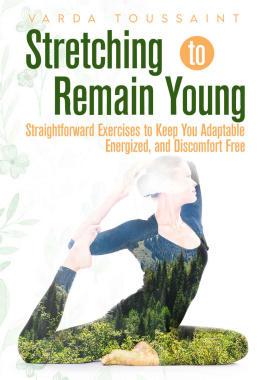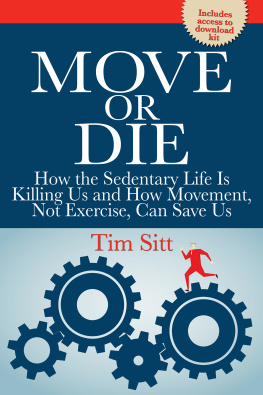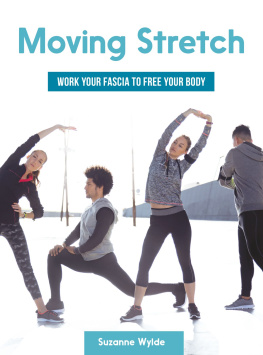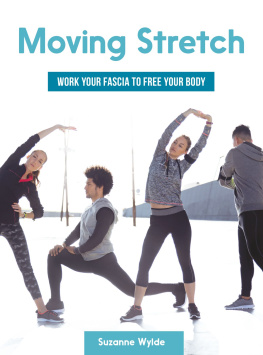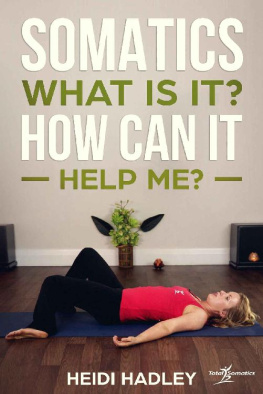Contents
Guide
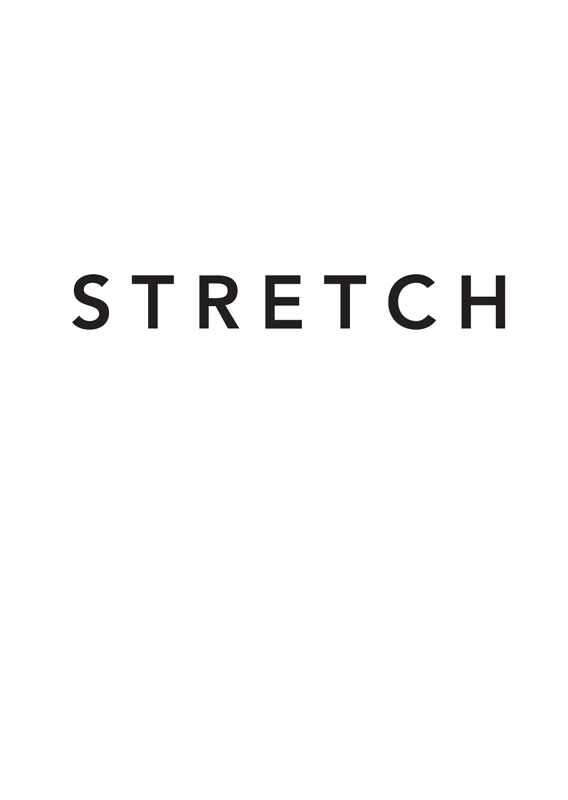
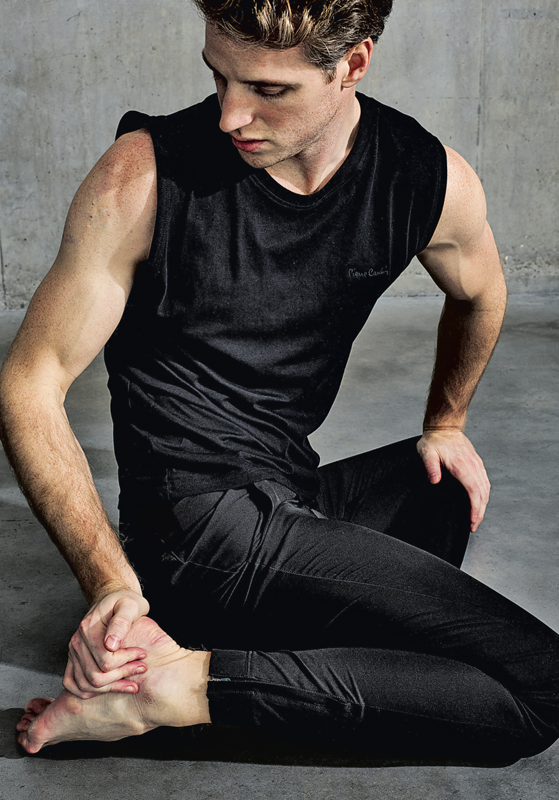

CONTENTS
INTRODUCTION
As adults we are often in awe of babies and young children who bend, squat and roll around with ease. These effortless movements go way beyond the fact that babies are born with more bones and soft cartilage than adults. If that were true, flexibility and mobility would be impossible for adults. Similarly, if you travel from the West to other parts of the world, particularly Africa and Asia, youll notice not just children but adults, often even the elderly, sitting in a squat position with comfort and ease. These simple movements performed on a daily basis help to keep people mobile and flexible into old age. In contrast, our mostly sedentary Western culture, where we often move from sitting in an office chair all day to the sofa in front of the TV in the evening, has resulted in us losing our flexibility a choice for which were paying an expensive and painful price.
Since becoming a qualified coach in 2011, I have focused on how to improve natural movement, targeting the root of the problem to give your body long-lasting mobility. The Frampton Method uses conscious movement, combining bodyweight exercises with aspects of gymnastics and yoga to better help us understand the natural functionality of the body. When that happens, you decrease the likelihood of injuries, chronic pain and other spine-associated issues that hinder health by learning how to move instead of obsessing over how much you move. The Frampton Method ensures that you move with purpose and precision, increasing the chance of recovery and prevention of injury as well as common aches and pains.
Natural movement, with a series of stretches, has been proven to benefit your overall long-term health, from increasing blood flow to joints and muscles to improving balance and breathing. Furthermore, the best part is that it doesnt even require a gym membership. Stretch takes you back to the basics, guiding you through a daily routine to regain essential lost movements. It includes seven principle stretches (with variations on each stretch) designed to improve everyday movement. Each exercise takes a minute to perform and can be practised at any time, in any place. These movements focus on the critical areas of the body, namely: the spine, hips and shoulders, as well as balance, which is essential to your overall and long-term mobility.
THE SEVEN ESSENTIAL MOVEMENTS ARE:
1. SPINE ROTATION
2. SPINE EXTENSION
3. SPINE FLEXION
4. LATERAL FLEXION
5. HIP MOBILITY
6. SHOULDER ROTATION
7. BALANCE
So that is:
4 x spine, 1 x hips, 1 x shoulders and 1 x balance = 7 essential stretches.
Try to remember this phrase. Youll be using this every day to form the habits that will take care of your long-term mobility.
I look at agility and mobility as akin to brushing your teeth twice a day. With this daily programme of seven simple movements, your muscles will start relaxing and your posture will become less rigid it has never been easier to combat the common aches and pains acquired through too much sitting. The trick is to stay consistent and committed to the seven movements and remember that these routines are not a quick fix that will transform your body overnight. These are habits you are forming for life!
ITS TIME TO STRETCH!

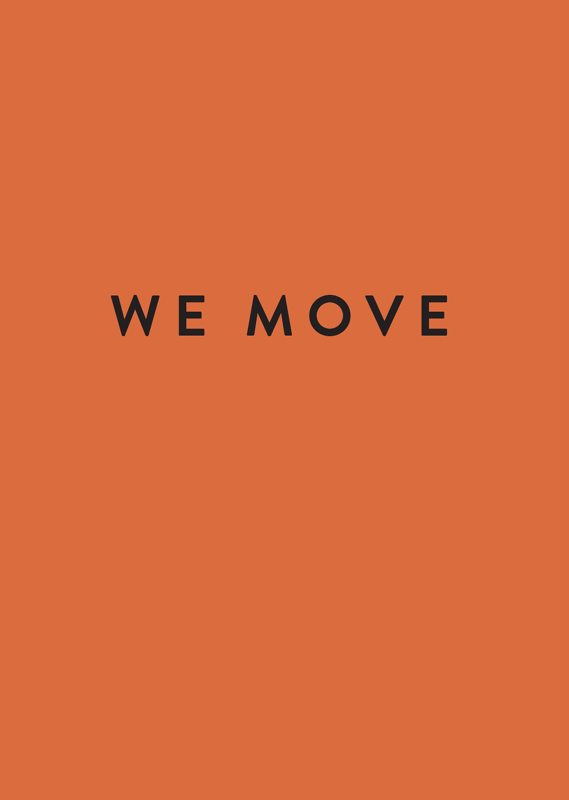
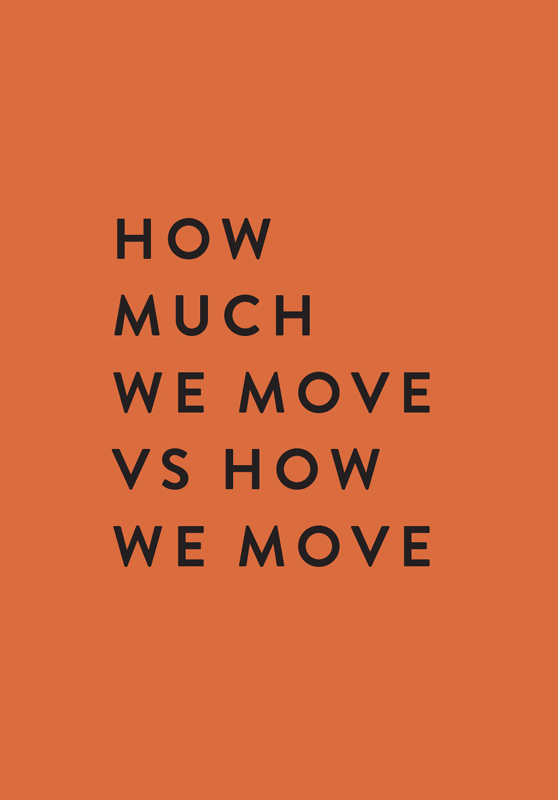
Whether you have done your steps today or not weve all heard the question, Have you done your steps today? and there are several reasons why. While recent research has traced the origin of the 10,000 steps per day goal to a Japanese marketing slogan for a step counter, the catchy marketing gimmick subsequently morphed into a fitness mantra which helped kick-start the move more movement. Since then, scientific studies have supported the move more theory, with some showing that participants managed to control their diabetes or cholesterol levels better when increasing their daily step count.
There are numerous health benefits to be gained by moving often throughout the day, including lowering your blood pressure, stabilizing your blood sugar and reducing your risk of a heart attack. So, we all know that we are supposed to move more and many of us even possess some sort of wearable tech to track the distance we cover. However, it seems that while we can agree that how much we move is important, how we actually move is still somewhat ignored.
We blindly set ourselves on the wrong course of action when we focus just on movement instead of natural movement. With the right techniques and returning to our natural movement, we can not only lead healthier and more active lives, but we can perhaps also avoid spending our later years in excruciating pain or dependency due to immobility.
The next step to a long-term mobile body is to start to move it as it evolved to move or, for want of a better phrase, as it should. I say should because the body can move in a multitude of different ways. In this book, I want to take you on a journey back in time via the evolution of mankind to the seven movements that make up the essence of human movement. On the road to getting your natural movement back, it is essential that you spend some time undoing the tightness that previous inactivity has caused and start moving again at your full range of capacity.
Many of us are stuck in a cycle of pain tight shoulders, bad backs, stiff necks simply because were not moving as we should be. Due to the sedentary nature of modern life, the unfortunate destiny for the majority of people is muscles and joints that slowly tighten over the years as we endlessly sit down in chairs. If we dont use the full capacity of our bodies, we start to lose it, and then one day we realize that we cant do the natural movements we could easily perform as children like sitting comfortably in a squat position, touching our toes or sitting upright on the floor. Our bodies have lost their basic primal movements.
INSTINCTIVE MOVEMENT
All animals, humans included, teach themselves how to move. I think there is a common misconception that our parents teach us how to walk, perhaps because they stand next to us ready to catch us when we fall, trying to minimize how much we hurt ourselves. But if you really think about it logically, children learning to move arent actually copying their parents. Children sit bolt upright on the floor, put their toes in their mouths and palms on the ground. I think we can agree that an extremely large percentage of parents would fail to copy one, if any, of those movements.

